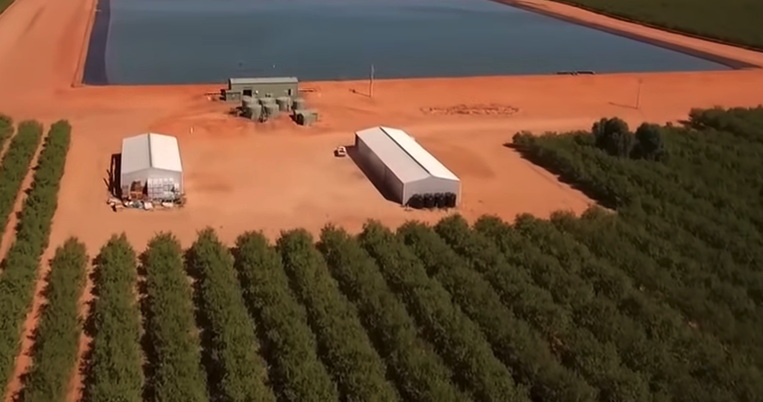California, known for its diverse agriculture, is the world’s leading almond producer, accounting for over 80% of global production. The process of cultivating and harvesting these nuts is a marvel of agricultural expertise and innovation. This article delves into the intricate journey of almonds from California’s vast fields to the global market, highlighting the state’s unparalleled role in almond production.
The Genesis of Almond Cultivation
The journey of an almond begins in mid-February, the optimal time for almond seedlings to develop buds. Special covers are used to protect these young plants from stem borers and limit their exposure to sunlight, ensuring a healthy start to their growth cycle.
Pruning: Shaping the Future of Almonds
About two years post-planting, almond trees undergo pruning, a critical process typically carried out at the onset of winter. This practice not only shapes the tree but also influences its future yield and health.
Growth and Maturation: A Timeline
From planting to the first harvest, almond trees undergo a three to four-year maturation period. These trees are water-intensive, necessitating a regular and efficient drip irrigation system to sustain their growth. Remarkably, almond trees have a productive lifespan of 25 to 28 years, with a noted decrease in yield after the 20th year.
The Role of Pollination
Between February and March, almond trees blossom, setting the stage for pollination. This crucial phase involves millions of honeybees, without which the almond harvest would be impossible. The almond blossom, akin to those of plum and pear trees, is a sight to behold across Californian orchards.
Harvesting: A Symphony of Efficiency
The harvesting process, akin to that of olives and cherries, involves mechanically shaking the trees to release the almonds. In some Middle Eastern countries, a traditional method of sun-drying the almonds on the ground for about a week is still practiced before harvesting.
From Orchard to Factory
Once harvested, almonds are transported to processing facilities. Given the sheer volume of production, almonds are first gathered at a central location before being sent to factories for processing and packaging.
Inside the Almond Factory
The final stage of the almond’s journey takes place in the packing factories. Here, almonds are processed and packaged, ready to be shipped worldwide. This stage represents the culmination of years of careful cultivation and harvesting.
Conclusion: A Nut Above the Rest
California’s almond production is a testament to the state’s agricultural prowess. From the careful planting of seedlings to the final packaged product, each step in the almond’s journey is a blend of tradition, innovation, and environmental stewardship. As the world continues to savor these nutty delights, the golden state stands proud as the global leader in almond production.







Leave a Reply